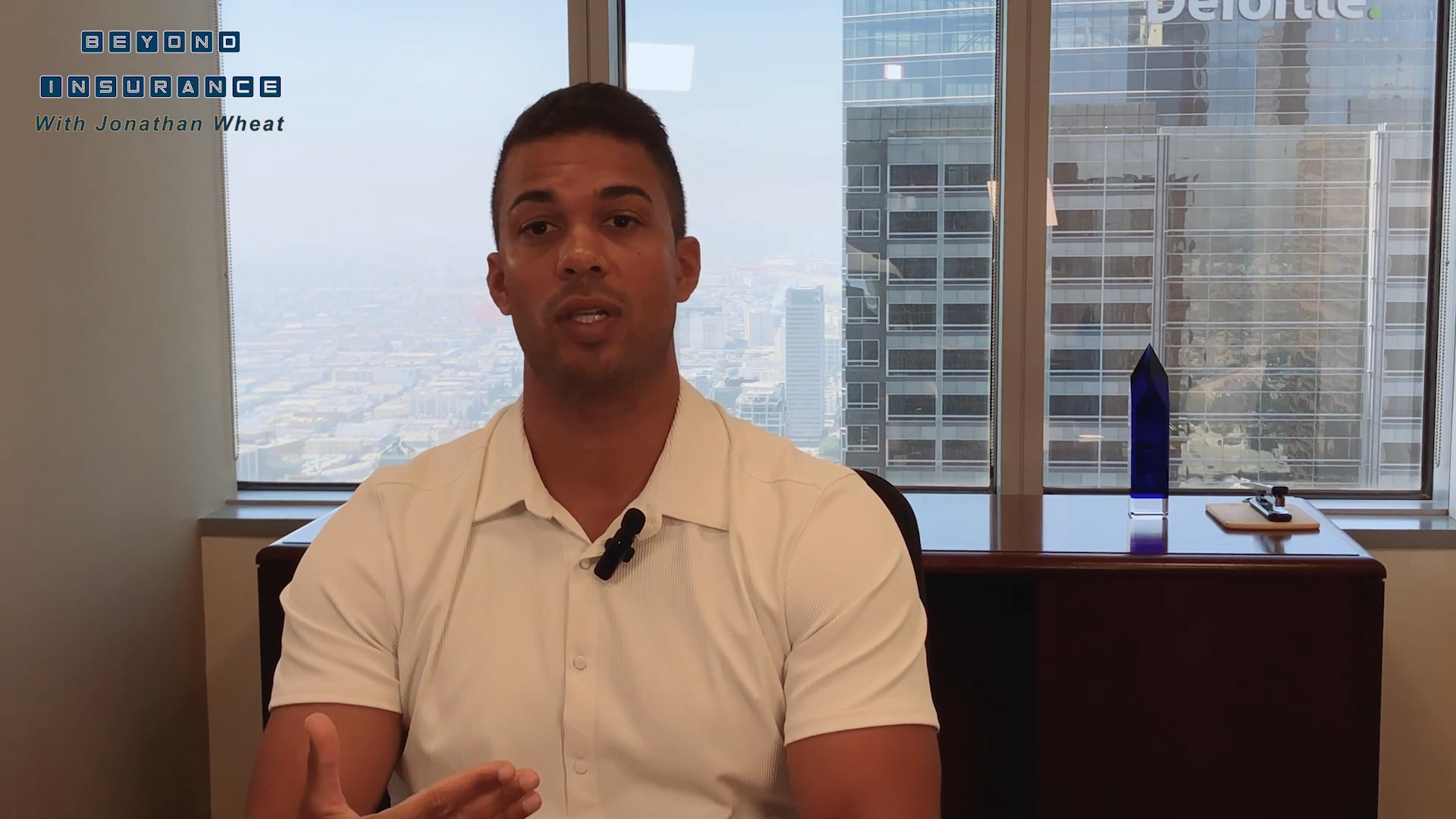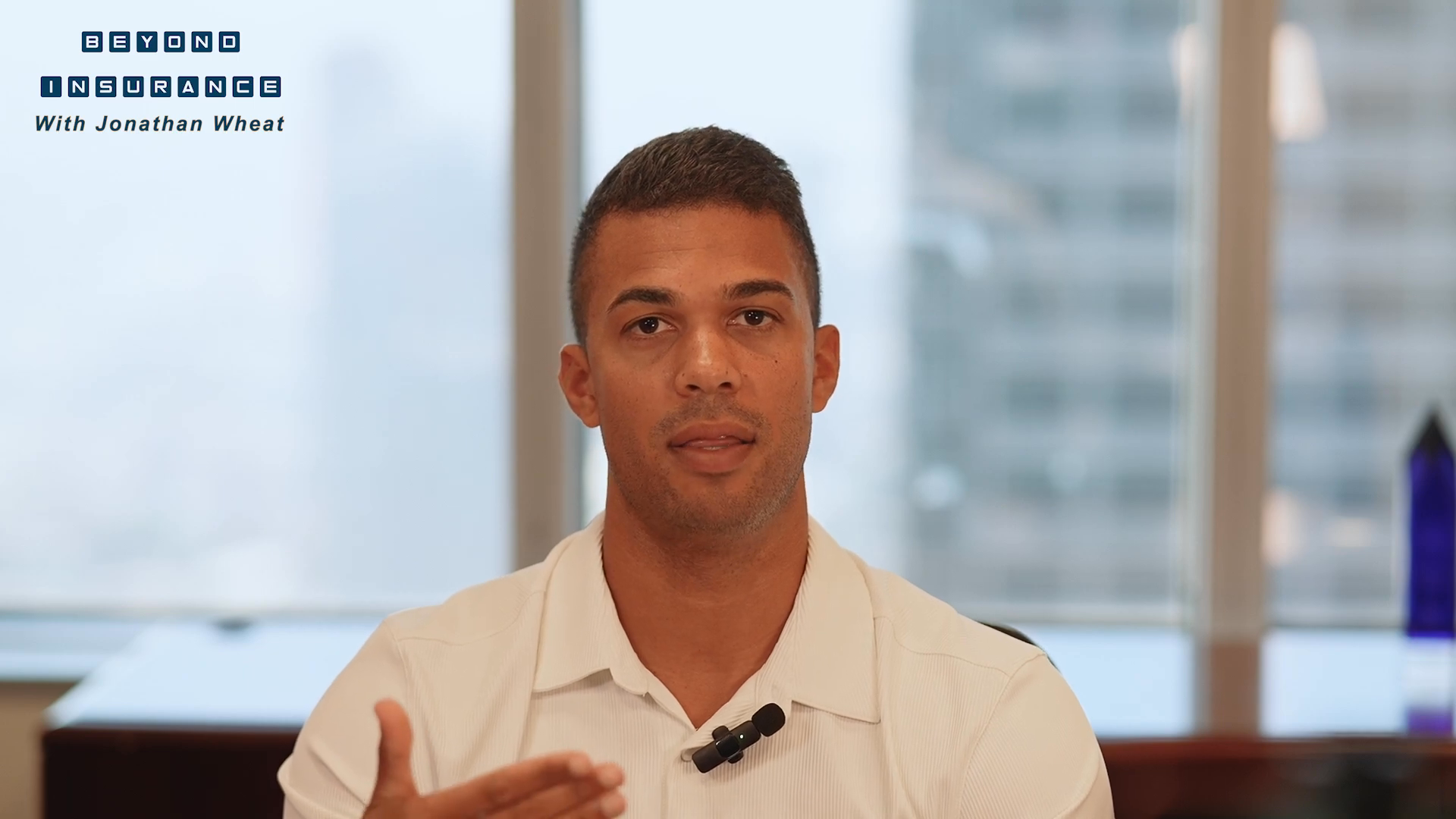Unlocking the Secrets of Underwriting: What Investors Must Know To Maximize Property Investments
Real Estate Part 2: Navigating Insurance in Real Estate Investments
Real estate investment is a complex field, especially when it comes to understanding insurance requirements and policies. Whether you are a small investor or a major player in the market, navigating through the intricacies of insurance can be daunting. This blog post aims to provide detailed insights into various aspects of real estate insurance, offering practical advice to help you make informed decisions.
Table of Contents
Tailored Business Operating Policies
When it comes to smaller investors, tailored business operating policies from insurers can offer substantial benefits even if they might not have the largest reserves or meet all lending requirements.

Transferring Ownership of Insurance Policies
One common question from investors is whether it's possible to get a previous owner's insurance policy assigned or transfer its ownership. Unfortunately, assigning a policy or taking over the insurance policy of another seller isn't feasible. When a new named insured purchases an asset, a new underwriting process starts. This means the insurer re-evaluates and re-prices the coverage based on the new owner’s risk profile.
"Assigning a policy or taking over the insurance policy of another seller, it's just not a thing, it's not possible."
New Underwriting Process
Every new named insured triggers a new underwriting process. Unless the asset is a peak industrial multifamily one built within the last ten years, there’s likely to be re-underwriting. This includes re-evaluation of pricing, rates, and coverages, and some carriers may decide not to provide insurance at all.
Pre-Underwriting for New Acquisitions
Pre-underwriting is crucial for assessing new property acquisitions. This involves evaluating the asset's vintage, location, renovation history, and exposure to natural hazards like wildfires or earthquakes. Being prepared ensures you’re aware of any past issues, such as floods, which can affect the cost and availability of insurance.
Comprehensive Information Gathering
On my team, we gather detailed information about the asset, including:
Address
Building type
Square footage
Units
Renovation history
We also look at catastrophic risk factors and have discussions with multiple insurance carriers to ensure appropriate coverage is available.
Underwriting Considerations
When assessing a new acquisition, several underwriting considerations come into play:
Property Location - Proximity to risks, such as wildfires or flood zones.
Building Type and Vintage - Age and type of construction.
Renovations - Recent updates, such as a new roof or plumbing.
Occupants - Types of tenants can impact risk assessment.
"We want to know building type, the vintage of the building, and what renovations have been done, like when the roof or plumbing was last replaced."
Local Brokers vs. National Partners

Local Brokers
Local brokers often have intimate knowledge of regional insurers and can provide bespoke policies tailored to smaller investments, particularly in non-metro areas.
National Partners
Larger regional and national brokers tend to have better reach and expertise, especially for larger investments. They can connect with more carriers and provide detailed understanding of niche markets.
Understanding Partner Insurance Requirements
When purchasing a new asset, understanding the insurance requirements of your partners—lenders, stakeholders, and limited partners—is crucial. It’s not only about what insurance is necessary but also what is economically viable and aligns with market availability.
"It's very important for us to look at the real risk factors that this asset or portfolio actually has."
Impact of Crime Scores
Crime scores are becoming increasingly influential in the real estate insurance landscape. Insurers use risk modeling to assess property and bodily injury crime levels, and this can affect their willingness to provide coverage. Higher crime scores don’t always mean insurability is impossible. Mitigating factors, such as security measures, can improve the situation.
Earthquake Insurance
High-Risk Areas
Regions like California, Japan, Hawaii, and Alaska commonly require earthquake insurance due to higher susceptibility. Other areas, like South Carolina and Pennsylvania, can also be affected due to historical occurrences or activities like fracking.
Market Trends
While agency debt is shying away from requiring earthquake insurance due to affordability issues, private investors often still opt for it, especially for long-term, legacy assets.
Fire Insurance and Wildfires

The increasing prevalence of wildfires, particularly in states like California, significantly impacts fire insurance coverage. As housing developments push into more wildfire-prone areas, the risk increases. Insurers are becoming more selective, factoring in things like building materials and zoning regulations.
Loss Control Inspections
Loss control inspections, often required by insurers, are not just a formality. They offer an opportunity for property owners to enhance safety and potentially reduce insurance costs. Working closely with insurance carriers’ loss specialists can bring about valuable improvements.
Business Interruption Exposure
Importance of Accuracy
Business interruption insurance covers lost income due to events like fires or floods. Accurate estimation of potential business interruption exposure ensures adequate coverage to recoup losses and sustain operations.
"We want to insure against the total amount we could have accrued in a year."
Real Estate Syndicates' Insurance Needs
Syndicates, often involving multiple small investors, have unique insurance needs. Directors & Officers (D&O) insurance and Errors & Omissions (E&O) insurance are essential to protect the individuals managing the fund. These policies cover legal and financial risks associated with managerial decisions.
Retail Investors and Risk
Retail investors, with their smaller individual investments, may not have the expertise or resources to mitigate risks effectively. This makes robust insurance coverage all the more critical.
Errors and Omissions Risks
Regulatory Compliance
Errors in regulatory compliance and shifts in investment strategies can lead to missed targets and potential legal actions. Ensuring compliance with SEC regulations and maintaining clear communication with investors about strategy shifts is crucial to minimize risks.
Owner-Controlled and Contractor-Controlled Insurance Programs

OCIP
The Owner-Controlled Insurance Program (OCIP) covers all contractors and subcontractors with a single policy, simplifying insurance management and ensuring coverage consistency.
CCIP
The Contractor-Controlled Insurance Program (CCIP) places the responsibility on the contractor to provide insurance, potentially reducing costs but requiring stringent oversight.
Builders Risk Insurance
Builders risk insurance covers property during construction, ensuring that increasing construction costs are matched with adequate coverage. Factors like contractor experience, crime scores, and project type (e.g., multifamily, industrial) influence coverage and costs.
Valuation and Replacement Costs
With rising material costs, ensuring accurate valuation is vital. Insurance should cover the total replaceable value (TiV) of a property to fully protect against loss. Regular reassessment is necessary to account for market changes, ensuring that policies remain adequate.
Net Leases and Insurance
Under net leases, tenants are responsible for obtaining insurance. This can be beneficial for owners, as it places the onus on tenants to manage the specific risks related to their operations. However, tenants must assess whether this responsibility is financially feasible and ensure they meet lease requirements.

Conclusion
Navigating the complexities of real estate insurance requires an understanding of various factors, from underwriting processes and risk assessments to regulatory compliance and unique needs of different investment structures. By comprehensively evaluating these aspects, investors can secure adequate insurance coverage, mitigate risks, and protect their investments effectively.
"Beyond insurance, insurance that covers you beyond your needs."
For more insights and guidance on navigating the world of real estate insurance, feel free to reach out or leave a comment.
This detailed approach ensures you have a solid understanding of the importance and intricacies of real estate insurance. Whether you’re a novice investor or a seasoned professional, having the right knowledge can make all the difference in securing your assets.